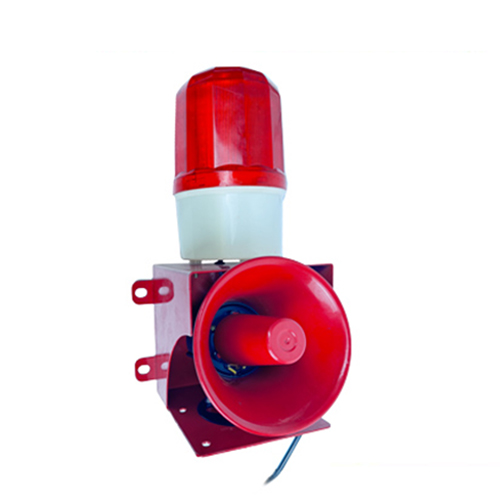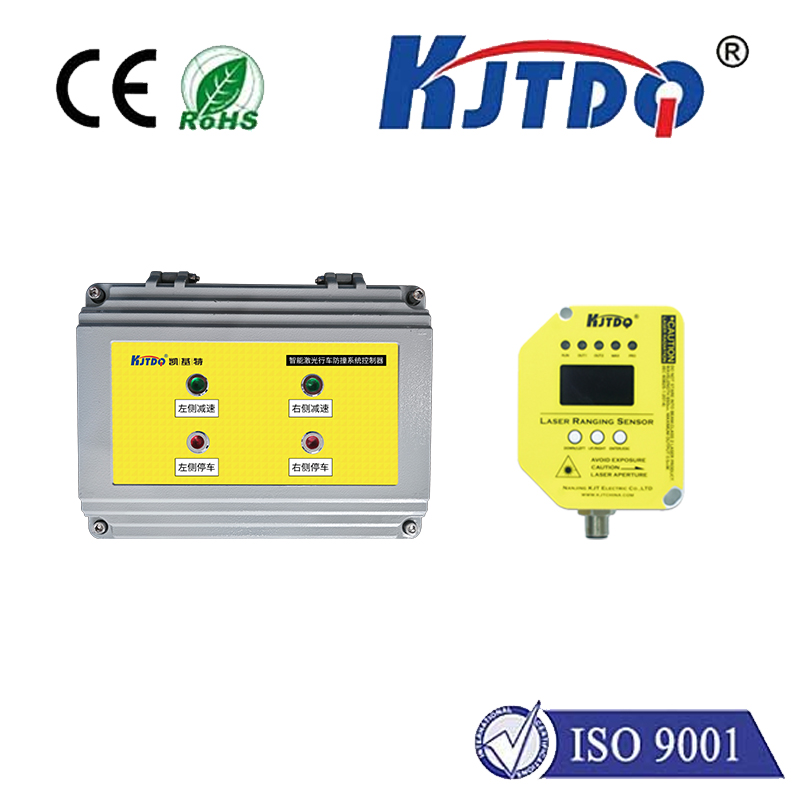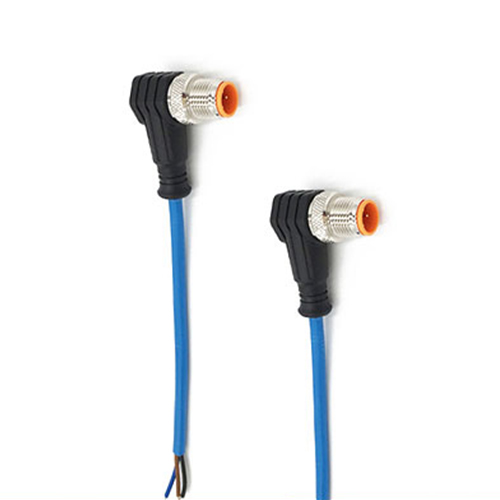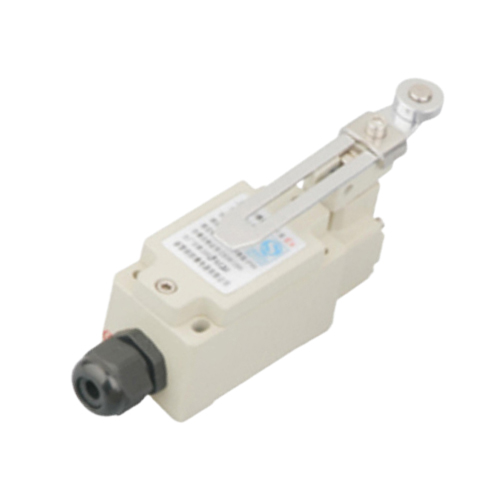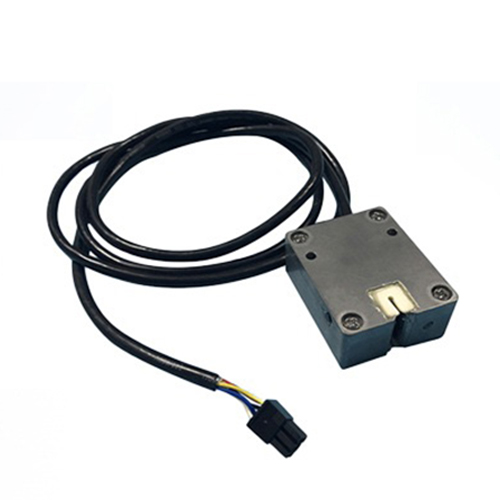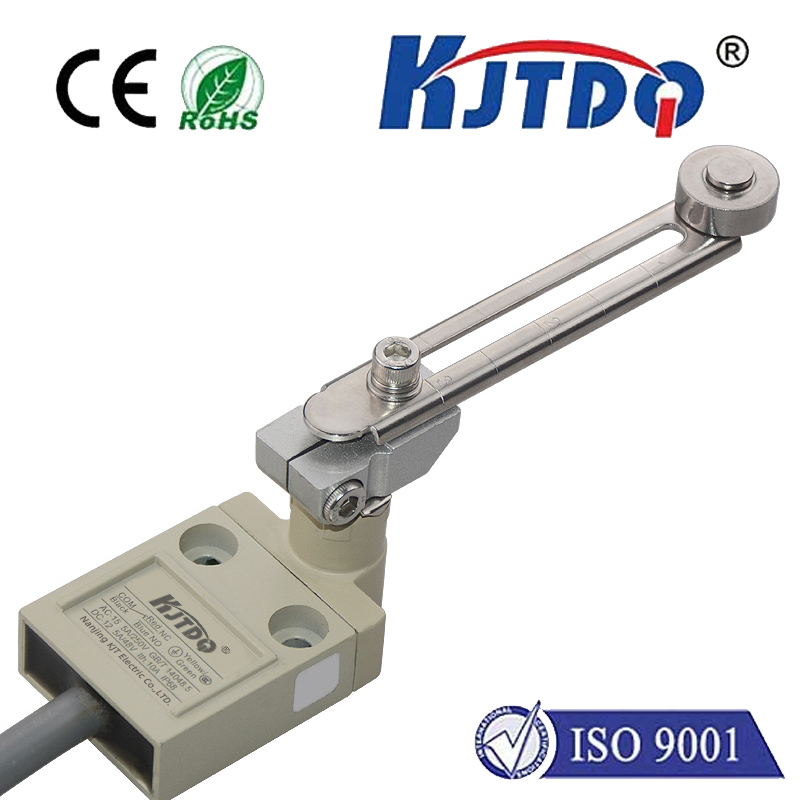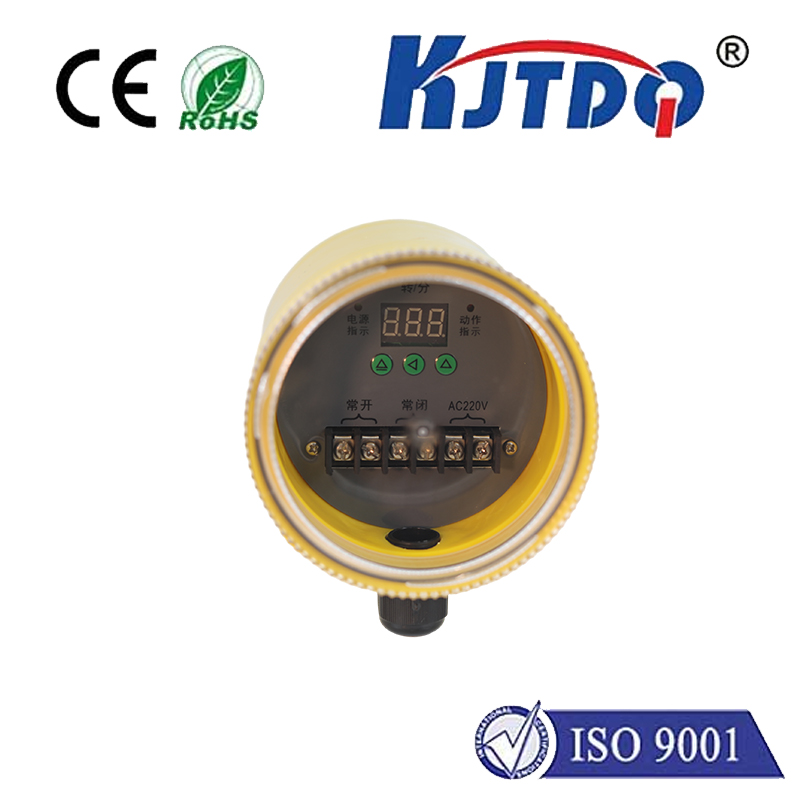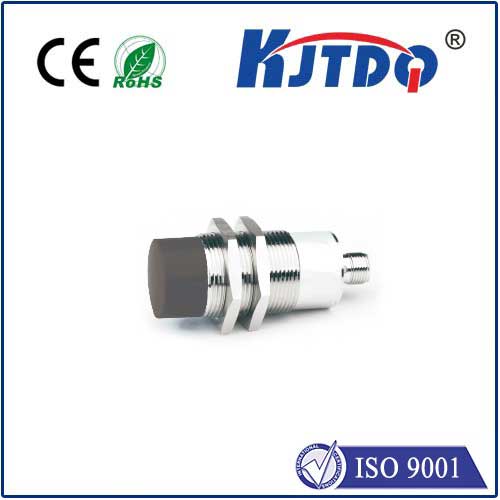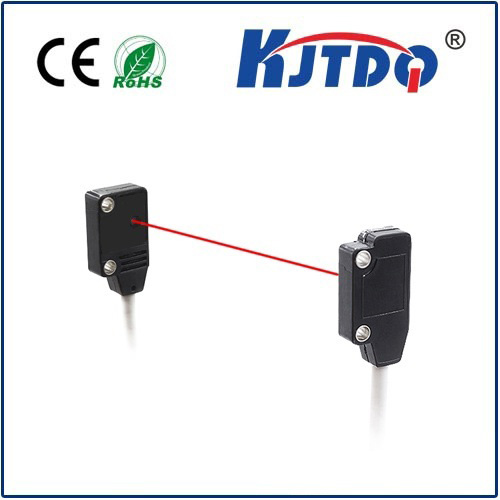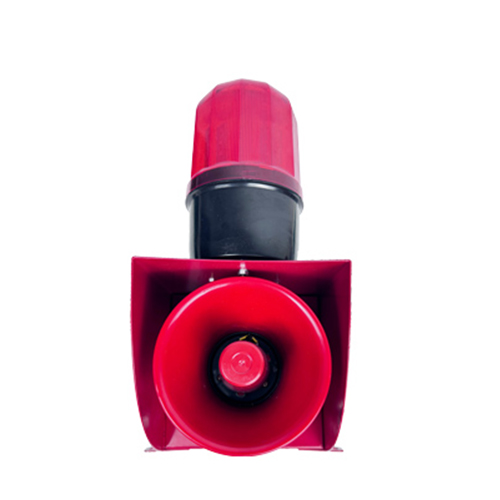

check

check

check

check

check

check

check

check

check

check
all Effect Limit Switch: A Revolutionary Innovation in Sensor Technology
The field of sensor technology has witnessed a significant transformation over the years, with continuous advancements and innovations. One such groundbreaking development is the Hall Effect Limit Switch, a cutting-edge device that has revolutionized the way we perceive and interact with the physical world. In this article, we will explore the principles, applications, and advantages of this remarkable invention.
At its core, the Hall Effect Limit Switch operates on the principle of the Hall effect, a phenomenon discovered by Edwin Hall in 1879. When an electric current flows through a conductor in the presence of a magnetic field, it generates a voltage perpendicular to both the current and the magnetic field. This voltage, known as the Hall voltage, can be used to detect changes in magnetic fields, making it ideal for use in limit switches.

A limit switch is a type of sensor that detects the presence or absence of an object within its sensing range. It typically consists of an actuator, a housing, and a set of contacts that open or close when the actuator is activated. The Hall Effect Limit Switch replaces the traditional mechanical components with a solid-state device, offering several advantages over its predecessors.
One of the most significant benefits of the Hall Effect Limit Switch is its high reliability and durability. Unlike mechanical switches, which rely on moving parts that can wear out over time, the Hall Effect Limit Switch operates without any physical contact between its components. This design eliminates the risk of mechanical failure due to wear and tear, extending the lifespan of the device and reducing maintenance costs.
Another advantage of the Hall Effect Limit Switch is its ability to operate in harsh environments. Mechanical switches are susceptible to corrosion, contamination, and damage from external factors such as temperature extremes, moisture, and dust. In contrast, the Hall Effect Limit Switch is constructed using non-corrosive materials and sealed housings, making it suitable for use in challenging conditions where traditional switches may fail.
The Hall Effect Limit Switch also offers improved performance in terms of speed and accuracy. Since it does not rely on physical movement, it can respond faster to changes in magnetic fields than mechanical switches. Additionally, the Hall effect provides highly accurate readings, enabling precise control over processes and systems.
In conclusion, the Hall Effect Limit Switch represents a significant leap forward in sensor technology. Its combination of reliability, durability, environmental resistance, and performance benefits make it an ideal choice for a wide range of applications, including industrial automation, robotics, automotive systems, and more. As we continue to push the boundaries of what is possible in the world of sensors and controls, the Hall Effect Limit Switch stands as a testament to the power of innovation and scientific discovery.
